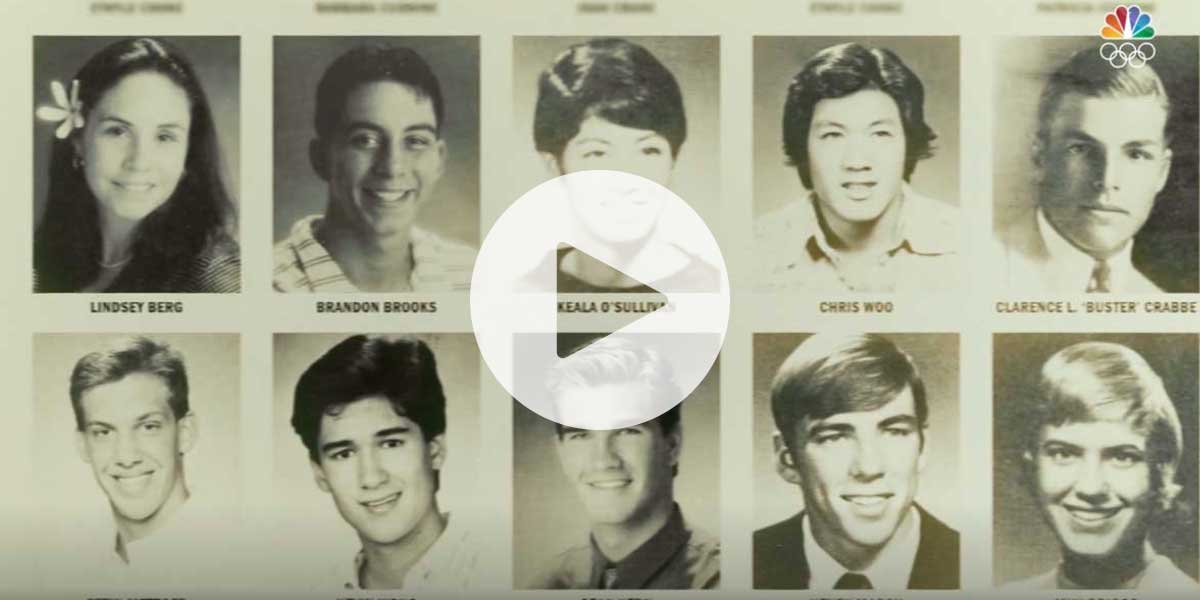The Last Classroom of the Day | P.E. | PSYCHED | Taking the Plunge | Punahou Athletics – Legacy and Lifelong Skills | 5 Transformative Moments in Punahou Athletics History | A Buoyant Force | Pivoting Forward | A New Frontier: The Intersection of Science and Safety in Sports | Punahou’s Olympic Legacy
In this special edition of the Bulletin, we explore the evolution of athletics at Punahou – from its modest beginnings in the 1840s to the juggernaut it is today, with more than 530 total state championships, dedicated coaches and staff, and cutting-edge training facilities.
Over the years, Punahou has had a veritable parade of star athletes, such as Allisen Corpuz ’16, making headlines regularly, not to mention the more than 30 alumni who have represented Team USA going back to every Summer Olympics since 1972.
This level of accomplishment has not gone unnoticed, with the likes of NBC Sports, Sports Illustrated and CBS -owned MaxPreps bestowing distinctions on the School and analyzing its impressive record through the decades.
But as fulfilling as winning might be, it is not what propels Punahou Athletics forward. As the voices in this feature illustrate, the story of athletics at Punahou is remarkable for reasons that go beyond the numbers on a scoreboard or the names etched into the side of a trophy. At its heart is a student-centered approach and a culture of excellence rooted in values of perseverance, character and teamwork – and lessons of friendship and leadership that last a lifetime.
We invite you to enjoy the following profiles and inspiring stories of athletics at Punahou: where it has been – and where it is headed.
– By Gina Gelber

Photo Credit: International Tennis Federation ITF
The Last Classroom of the Day
Shelby Baron ’12 was experiencing a crisis of self-confidence during her Junior year in the Academy – a bout so profound, it kept her from trying out for Punahou’s varsity tennis team. Despite her rising status on the Team USA Junior Wheelchair Tennis Team and solid performances in national and international competitions, she was in a holding pattern.
Baron – who was born with spina bifida and uses a wheelchair – had been comparing herself to classmates who were non-disabled. Despite her successes, she believed she was not at the level required to make the buff ’n blue roster. “I didn’t want to do it because I knew the people in my grade were good,” she recalls. “In my mind I thought, I’m never going to make it. So I made the decision to not even try out … it was something I wanted to protect myself from.”
This setback might have become a permanent roadblock to Baron’s personal and professional growth were it not for the encouragement of then-Punahou tennis coach Jerry Cape. “He saw me and recognized the potential I had,” she says. “I’d go up to the tennis courts and he’d hit with me for free on his own time and then just work through things that I wanted to develop in my game.” Baron says Cape would tell her: “Even if you don’t want to try out, that’s okay. You’re going to become good in your own way. Let’s just focus on you and the things that you can do.”
During this time, Baron actively worked on gaining a better understanding of her thoughts and emotions – with the end-goal of strengthening her resilience. This is Social, Emotional and Ethical Learning (SEEL) in action, a framework that facilitates self-empowerment by exercising five core skills: Self-Awareness, Self-Management, Social Awareness, Relationship Skills, and Responsible Decision-Making.
The heavy lifting that Baron put into building her confidence paved the path to the Paralympic Games, where she played for Team USA in 2016 and 2020. While institutionalized SEEL practice in academia has existed in different forms since the 1960s, its curricular application in school athletic departments has been scarce – but the landscape is changing.
Punahou is working to expand SEEL’s reach into athletic programs at home and across the country, in collaboration with the athletic departments of other independent schools, including Wildwood School in Los Angeles. The consortium has partnered with Progress Through Athletics (P/ATH), a non-profit dedicated to strengthening communities through sports, to bolster its library of SEEL-guided videos, playlists, and lesson plans to educate coaches and student-athletes.
“This is not just a ‘for Punahou’ thing,” says Punahou Athletic Director Rick Tune ’93, who is spearheading the project. “This is a ‘for everybody’ thing. The goal is pie in the sky, but it’s really about how we use Athletics to make this world a better place.”

Current videos in P/ATH’s online library feature well-known sports figures like Golden State Warriors head coach Steve Kerr, World Cup soccer champion Julie Foudy, and WNBA star Kelsey Plum. Each speaker discusses a challenging personal topic and the solution he or she used to navigate the situation. The individual videos are grouped into playlists that cover classic SEEL topics such as building confidence, being a great teammate and developing leaders. Included lesson plans give guidance to coaches on how to implement, practice and share the content with student-athletes.
Last year Punahou received a prestigious grant from the Edward E. Ford Foundation to help fund the development of new curricular strands and to build out the project. Tune says the grant will enable the SEEL content to be accessible to many communities that are under-resourced.
“The last classroom of the day … it’s the most influential classroom in the future lives of students, because we all have favorite teachers but the athletic coach is the favorite teacher of (sports) participants.” — Rich Barton, associate executive director at the National Interscholastic Athletic Administrators Association
Rich Barton, associate executive director at the National Interscholastic Athletic Administrators Association, is an authority in infusing SEEL content into athletics. He is co-author of the book “Leadership with Legacy in Education-Based Athletics,” and has 30 years of experience as a teacher, coach and athletic director. He contends there is an urgent need for SEEL curriculum in high school athletics due to a lack of sufficient mental health and wellness resources.
Barton explains that a school’s athletics program is often “the last classroom of the day … it’s the most influential classroom in the future lives of students, because we all have favorite teachers but the athletic coach is the favorite teacher of (sports) participants.”
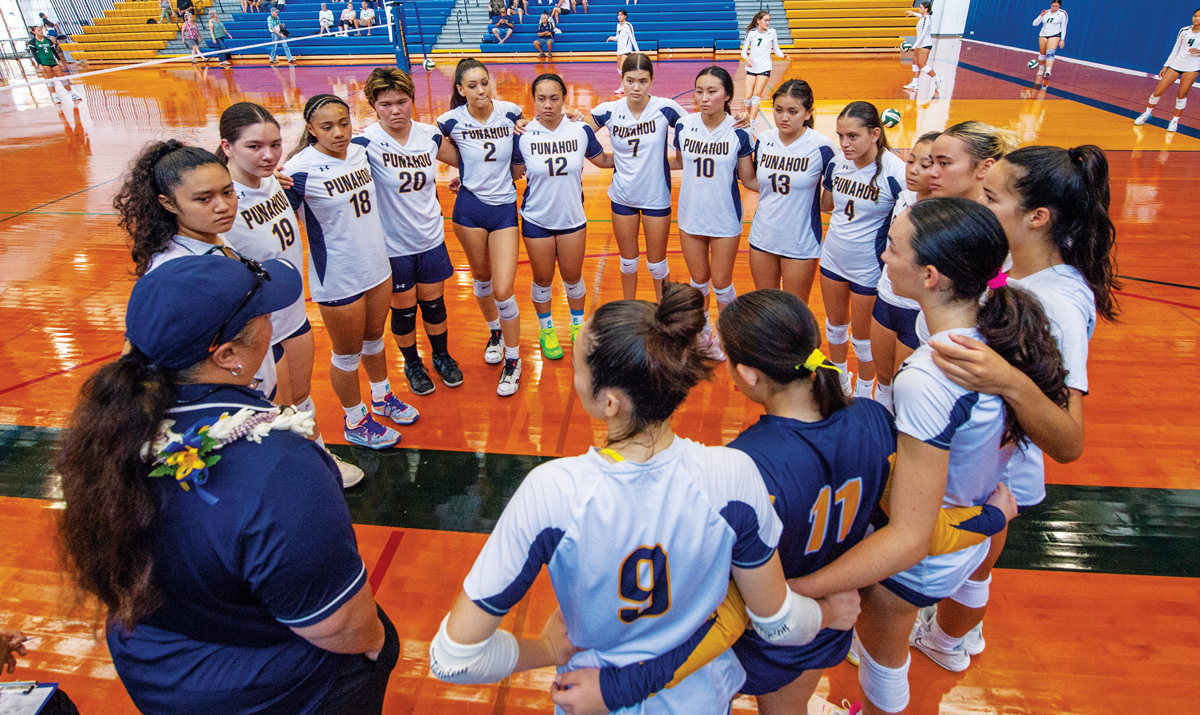
As Punahou prepares to expand SEEL content, Tune affirms a guiding principle for this process: “SEEL is fundamental in athletics: good coaching is modeling and teaching how to be a good human being,” he says. The new video content will include some Punahou alumni with notable collegiate, professional and Olympic athletic careers – Baron’s inspirational story is on the shortlist.
In addition to playing in the Paralympics, she was part of four national championship teams in Wheelchair Tennis for the University of Alabama. Now retired from competition, Baron lives in Orlando, Florida, and is the Coordinator for Player and Coach Services at the United States Tennis Association.
Unsurprisingly, Baron’s athletics journey also included a successful move into the coaching ranks. In four years as an assistant coach at Alabama, she helped guide the team to three national titles and became a Certified Tennis Professional working with both wheelchair and non-disabled players. What she learned as a student at Punahou informs her coaching style today: “When I coach I like to think about who are some of the best coaches I had and what were the qualities I liked about them.”
And which quality of her own is the key to her success in both sports and life? Without hesitation she replies, “Mine is definitely resilience.”
– By Ben Yuri Biersach ’87
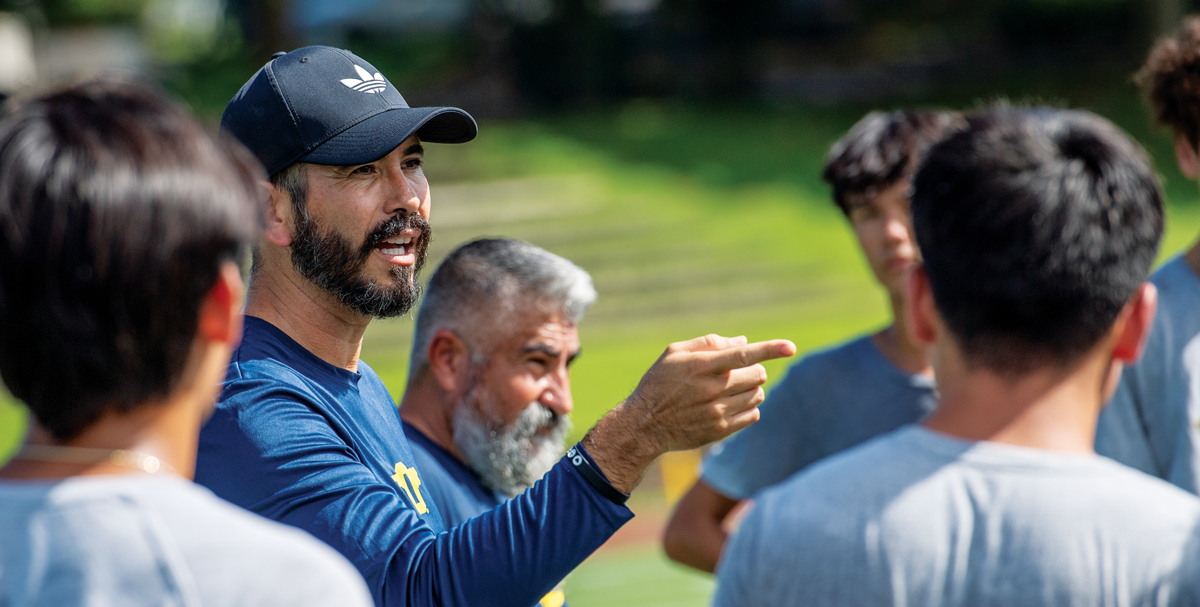
Punahou’s Boys Varsity soccer coach, Hugo Gutierrez, believes that SEEL and sports make a potent combination. “We work with our student-athletes in areas such as managing emotions, dealing with failure and finding community,” he says. Gutierrez has an impressive international career in soccer, having played professionally in Mexico and joined an FC Barcelona franchise in Brazil.


The Last Classroom of the Day | P.E. | PSYCHED | Taking the Plunge | Punahou Athletics – Legacy and Lifelong Skills | 5 Transformative Moments in Punahou Athletics History | A Buoyant Force | Pivoting Forward | A New Frontier: The Intersection of Science and Safety in Sports | Punahou’s Olympic Legacy
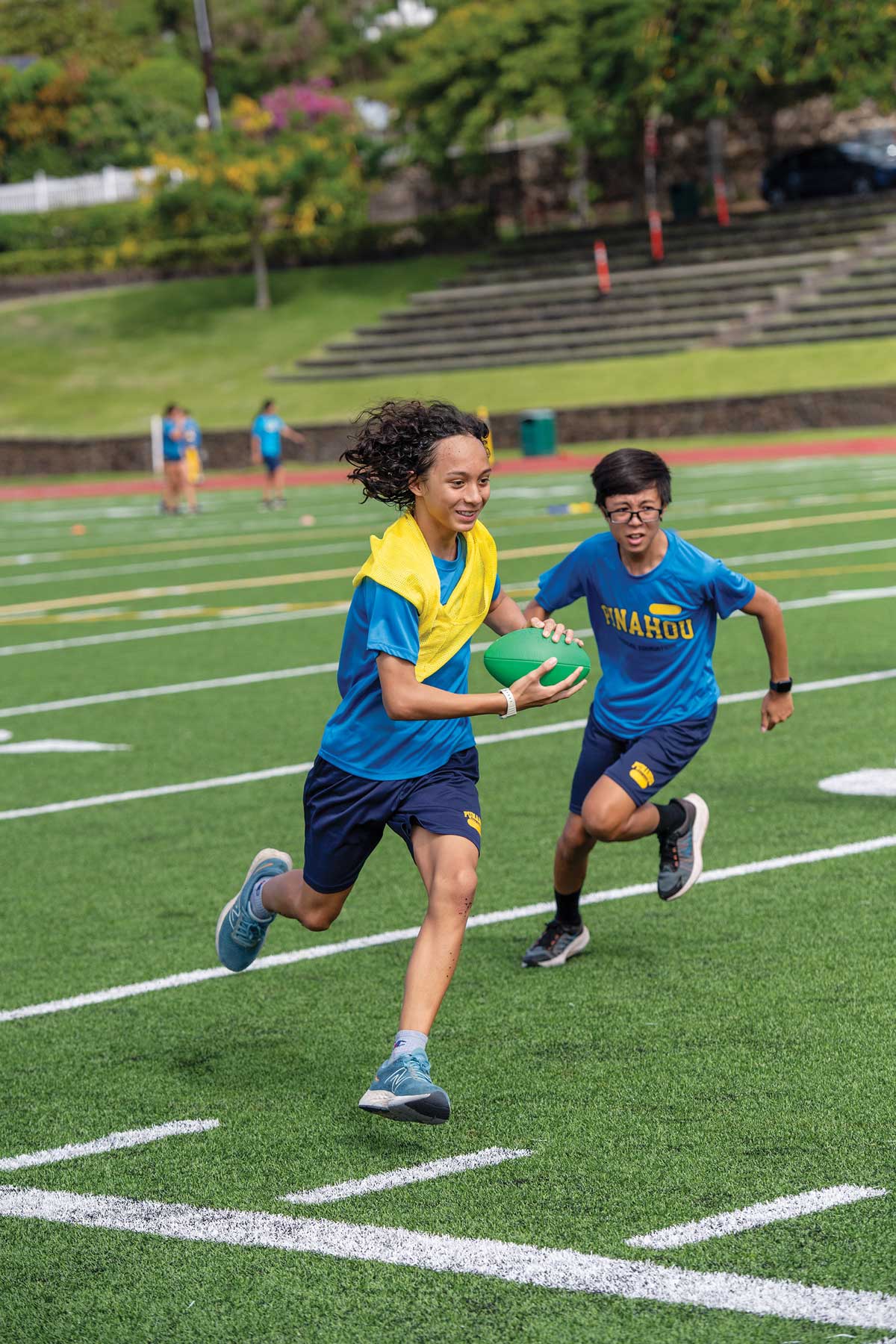
P.E.
Physical Education is an integral part of Punahou’s K – 12 curriculum – touching the lives of thousands of students regularly. In the early years, the program’s overall objective is to help students develop a love for physical movement and to expose them to a variety of sports – having fun and making new friends in the process.
As students get older, the PE curriculum helps students to develop an understanding of how a physically active lifestyle can impact one’s overall health and well-being. Ultimately, the program strives to empower students to take control over their personal fitness.
“Physical Education is giving each student the knowledge and skills to be lifelong learners and to understand the importance and benefits of exercise throughout their lives – this is called ‘Physical Literacy’ and is our main objective,” says Nanci Coolen, Academy Department Head, Physical Education. “We are hopeful that our students are prepared for the next chapter of their lives and have the tools and skill sets not only to understand the importance of exercise, but also the confidence and abilities to continue their fitness journeys independently.”
– By Gina Gelber



The Last Classroom of the Day | P.E. | PSYCHED | Taking the Plunge | Punahou Athletics – Legacy and Lifelong Skills | 5 Transformative Moments in Punahou Athletics History | A Buoyant Force | Pivoting Forward | A New Frontier: The Intersection of Science and Safety in Sports | Punahou’s Olympic Legacy

PSYCHED!
When Allisen Corpuz ’16 steps into the high-stakes arena of professional golf, her internal monologue activates: “Either this experience will turn out the way I want it to – or if it doesn’t, you’ll learn from it. Either way, I will get something out of it,” she says to herself.
In the elite world of super athletes, where gifted golfers work relentlessly to polish already pristine techniques, having strong self-affirmation skills and psychological resilience can make – or break – a game. In fact, the margin of victory often comes down to simply who believes in themselves the most. “Golf is a mental game,” Corpuz says.
Fortunately, the 25-year-old golfer has honed the art of getting into her head – “The hard work will pay off,” “You belong here,” or “You are familiar with this,” are some of the internal mantras Corpuz turns to when the competitive stress mounts. It has served her well. Since going pro two years ago, her trajectory has been nothing short of stellar, culminating in her first Ladies Professional Golf Association (LPGA) title in July.
It wasn’t your ordinary majors win with glitzy photos of athletes displaying the spoils of victory. Sure, the token fanfare was there, but the acknowledgment went much deeper as the world took note that Corpuz had broken down barriers during that competition. She became the first woman in history to win a major tournament at the fabled Pebble Beach golf course in California, along with a record-winning $2 million prize.
Corpuz credits mental strength, perspective and consistency for this big coup. “I always try to give myself time to think about things, not really making decisions too quickly. I think that’s helped me a lot because it helps me look at things from a bigger perspective,” she says. “The whole week at Pebble, it was just like: ‘I’m really grateful to be here. I’m really grateful to be in this position.’”
Her other ace in the hole is the unwavering support from her family and friends. She started playing at the tender age of 4, by way of her father who was an avid golfer. “My older brother and I essentially grew up on the Kapolei Golf Course,” she says. “Our family would go to the range on weekends. Our father gave us clubs and just let us just try our best – that’s how we got started.”
Corpuz recalls her time at Punahou, which she attended for 13 years, as a formative period, where she made enduring relationships with friends and mentors. She also sharpened her game, alongside her varsity golf teammates, in an incubator of excellence with Coach Ed Kageyama. During her time, Punahou won four state team titles. In 2016, her senior year, she earned the individual state championship.
Corpuz has famously remarked that she “sucked” at golf in the beginning, which is hard to believe considering her lofty accomplishments. In fairness, there aren’t too many people who are good when they start, she explains with a chuckle. So how did she manage to overcome this mental hurdle at such a young age?
“For me, it was just really about having fun. I would tell myself that it was more just a way to spend time together as a family,” she says. “I think my older brother definitely motivated me a lot growing up – just trying to beat him.” Turns out, the motivation to pursue excellence may have been a two-way street; her brother, George Corpuz ’14, is now in medical school in Manhattan.
In this special edition of the Punahou Bulletin, Corpuz delved into a range of topics; from her memorable early days at Wilcox to going pro and achieving the highest level of success in golf.
– By Gina Gelber
Q&A: Allisen Corpuz ’16
You attended Punahou from K – 12 – what are some of your formative memories from school?
I had a great time. I’m still in contact with several of my high school friends. Just starting up at Wilcox and being able to take classes all over campus. I had some really great teachers. I ended up playing varsity golf in the Academy. Overall, I’m grateful for all the support that I received – and for all the people that I’ve met along the way.
Are there any kernels of wisdom from Punahou that remain in your game today?
Yes, our varsity team was pretty competitive. Having the opportunity to practice and play on such a good team was great – there were several of us who wound up playing college golf, including Mariel Galdiano ’16, who went to UCLA, and then Aiko Leong ’16 who transferred to USC. Just being around this caliber of players was great and having the opportunity to get better together. Then there was coach Ed Kageyama, he was amazing.
After Punahou, you enrolled at USC where you earned a bachelor’s in business administration and a master’s in global supply chain management. How did you balance the rigor of the academics with the demands of the sport?
There were several girls on the golf team who were also business majors – luckily the classes lined up well with our schedule. I really love both the business school and then USC athletics. It was tough at times, but it’s one of those things you do because you love it.
Is having a business background useful in your career?
I wouldn’t say that I am directly using my degree. But I do think just studying business in general has helped me to manage the business side of being a professional golfer. I think having five years at college with the extra time to develop and have a place to come home to was great. Building the relationships and having the support has been really helpful.
Your win at the Women’s Open Championship at Pebble Beach in September was historic. It is the first time in the course’s 104-year history to host a women’s major event not to mention the fact that you won a record-breaking $2 million prize. What are some of your key takeaways from this experience?
As more time passes, I’ve definitely gained a lot more gratitude. Obviously, in the moment, I was really happy. When I first won, it was like, “Wow, this is my first win. This is really exciting.” And just to hear a lot of people come up to me and say, “No. You don’t even know the significance of how big this win is,” means a lot. Pebble Beach has such a long history of hosting championships for the men, so I’m really honored to be able to say that I’m the first woman who won there.
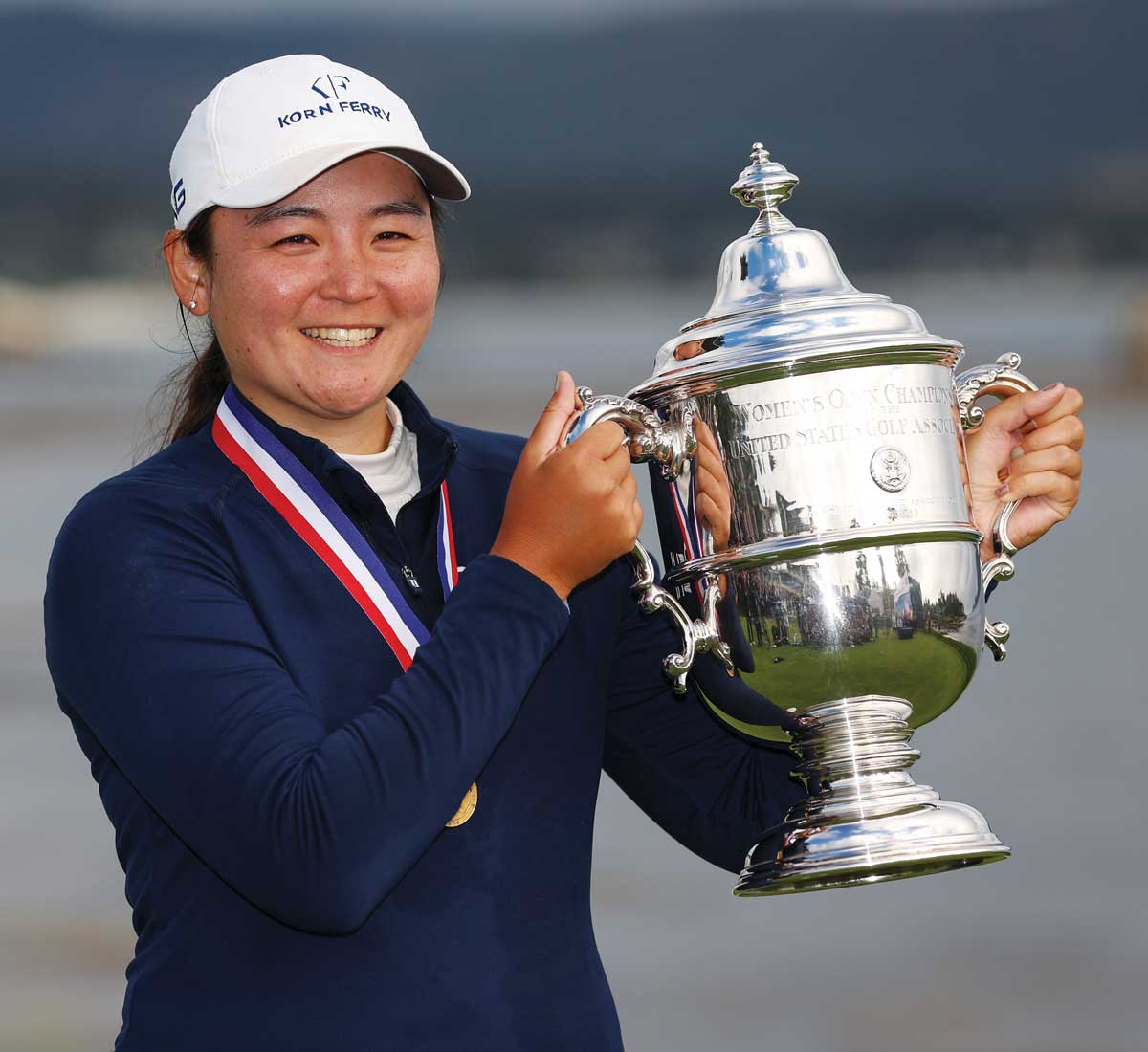
At one point during Pebble you stopped looking at the leaderboard – why?
Everyone has their own strategy. I like going out there and just trying to play my best. Other athletes want to know exactly where they stand. It really is just a personal preference. For me, I have noticed that I play my best when I just go out there and try to do as well as I can instead of focusing on what other people are doing.
Title IX played a central role in advancing women’s sports. How has it made a difference in your life?
I think it’s really important. I love seeing that women are getting more opportunities. The U.S. Open is consistently the highest purse in women’s golf. And the USGA has just done so much to promote the women’s game. I think it’s really important to give women the opportunity. I obviously benefited from these types of initiatives – I went to college on a scholarship. It’s really exciting to see how far it’s come.
Golf is notorious for its rapid reversals of fortune; one moment you’re up – the next you’re down. How do you grapple with the uncertainty?
Being comfortable with knowing what the life of a professional golfer would look like helped. I had a few friends who I knew from junior golf who turned pro before me, so I talked to them about how it was like for them. Also just knowing that I had my degrees and the support of my family and friends in case I had to pivot is big. I think that definitely gave me a lot of confidence when I first turned pro.
The Last Classroom of the Day | P.E. | PSYCHED | Taking the Plunge | Punahou Athletics – Legacy and Lifelong Skills | 5 Transformative Moments in Punahou Athletics History | A Buoyant Force | Pivoting Forward | A New Frontier: The Intersection of Science and Safety in Sports | Punahou’s Olympic Legacy
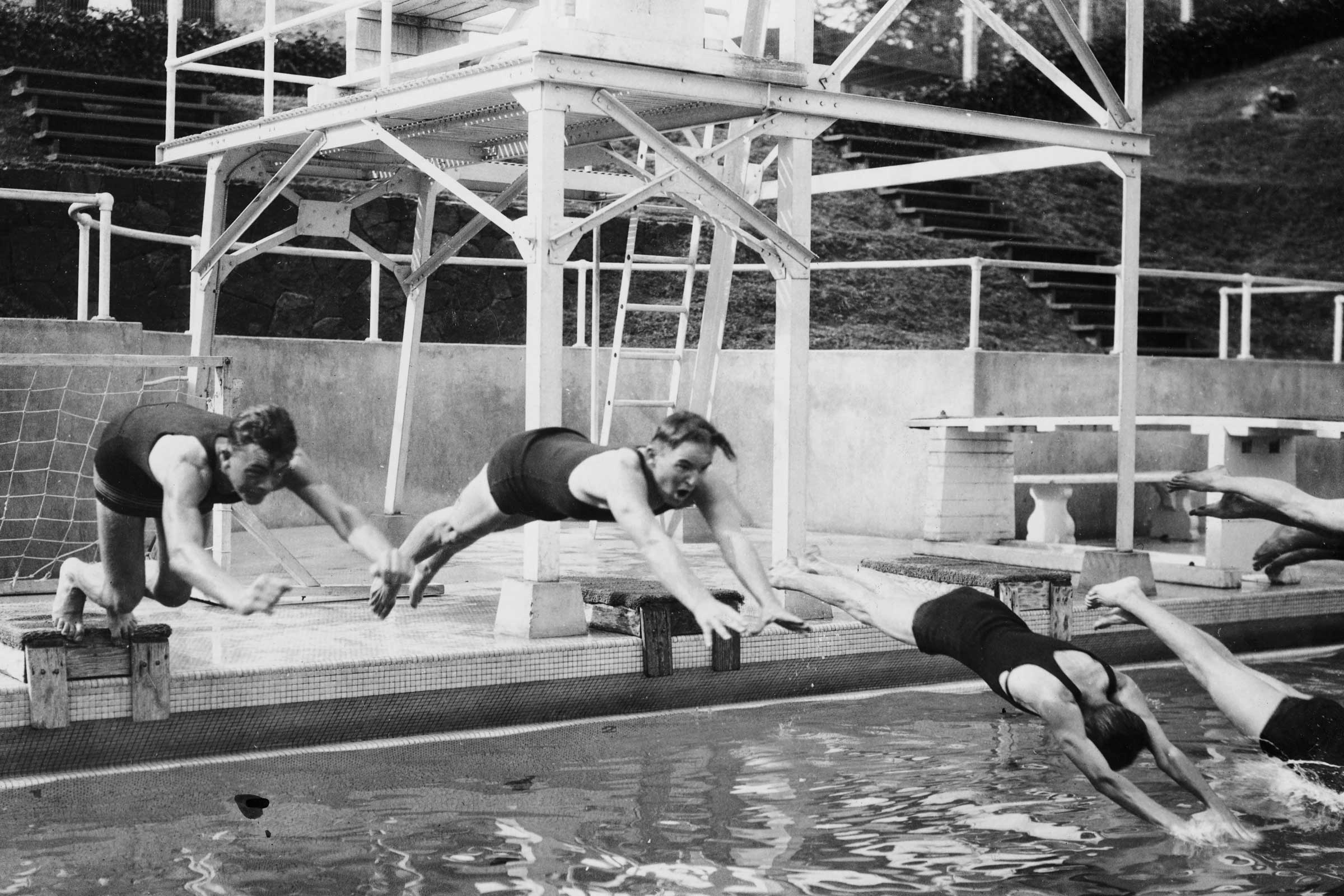
Taking the Plunge
Swimmers in action at the Elizabeth P. Waterhouse Memorial Pool, circa 1922. In swimming, Punahou was in a league by itself for 30 years, as no other school in Honolulu had a pool in which students could train or compete. Instead, Punahou swimmers vied against community talent, including Duke Kahanamoku and an Army team from Schofield Barracks.
The Last Classroom of the Day | P.E. | PSYCHED | Taking the Plunge | Punahou Athletics – Legacy and Lifelong Skills | 5 Transformative Moments in Punahou Athletics History | A Buoyant Force | Pivoting Forward | A New Frontier: The Intersection of Science and Safety in Sports | Punahou’s Olympic Legacy

Punahou Athletics – Legacy and Lifelong Skills
Punahou’s initial foray into athletics occurred almost as soon as the School was founded, when throughout the 1840s early forms of baseball were played by Oahu College students and faculty. From these modest origins, we flash forward to 2023. Punahou has been honored twice by Sports Illustrated as the nation’s No. 1 high school athletic program, having won over 530 state championships in its history. The School’s recent graduates are regular fixtures on college sports rosters across the country – not to mention the fact that at least one former buff ’n blue athlete has participated in every Summer Olympic Games since 1972.

Punahou’s illustrious track record often gives rise to the question: How does a school in a state with one of the lowest populations in the country – nestled in the middle of the Pacific Ocean – make such a big impact on the global sports stage? “The School is a legitimate power,” says Kevin Askeland, writer for MaxPreps, a CBS-owned website dedicated to high school sports. “Because you can’t do it every year for that many years without having some kind of legacy that you’ve built on and maintained. Otherwise, other schools would have done it as well – and none have.”
In 2022, Askeland – who compiles statistics for the MaxPreps Cup, an objective annual ranking of athletic programs across the country – evaluated Punahou to be the most dominant high school sports dynasty in the nation over the previous 20 years.
Despite these impressive laurels, you will not find a single championship banner hanging in the School’s gym, nor are any koa trophies on public display around campus. Success in competition is a byproduct of the process, not the motivation. “Winning is great, but it’s not why we do what we do,” says Punahou President Mike Latham ’86. “Athletics is really part of the broader education we deliver and something that shapes the overall educational experience of the students who attend the School.”
“Winning is great, but it’s not why we do what we do. Athletics is really part of the broader education we deliver and something that shapes the overall educational experience of the students who attend the School.” — President Mike Latham ’86
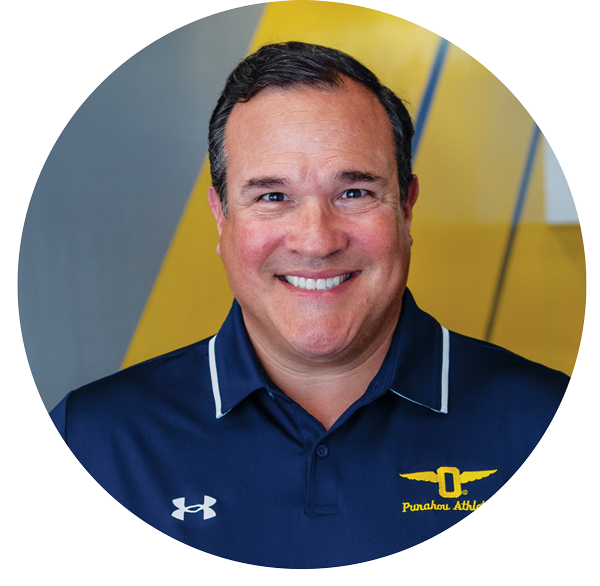
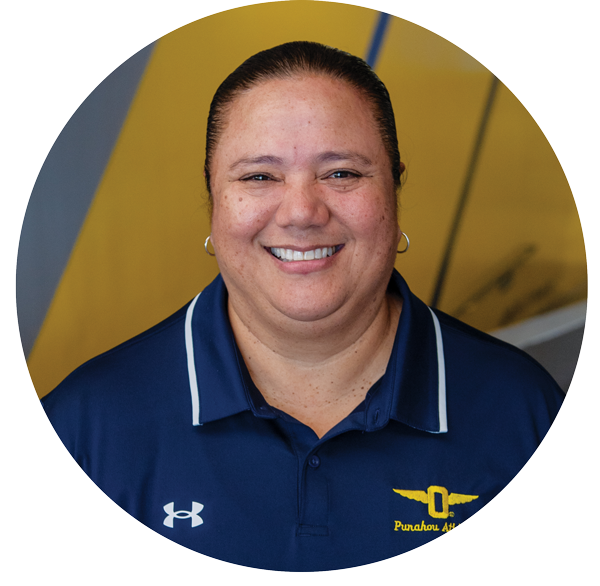
Associate Principal James Kakos says that the most important things student-athletes learn at Punahou are lifelong skills, such as grit, resilience, empathy and teamwork. “These are the same skills they’re going to use in the places they work and in their relationships within their own families as parents, guardians and partners. It’s all interconnected to have success in life. These soft skills are critical.”
For the past 10 years, Athletic Director Tita Ahuna has overseen the Coach’s Professional Development program to ensure Punahou coaches have the training needed to be effective teachers. Resources include guest speakers, funding for conferences and workshops, a rigorous mentorship program and a library of relevant literature. “We want our coaches to have a growth mindset. We want them to know we support them in their coaching pursuits,” Ahuna says. “Anyone who’s connected to our students, we want them to give their best, do their best, and have the tools they need to be successful.”
The legacy of Punahou Athletics is also one of community. Students, families, alumni, faculty and staff all unite throughout the year to attend sporting events and cheer for the Buff ’n Blue. The annual celebration of school spirit and pride known as the Flaming “P” ceremony is surpassed in attendance only by Carnival. The support of the School’s booster clubs, The O-Men and Pā‘ani, is an important link between buff ’n blue athletes of the past and present (see page 16).
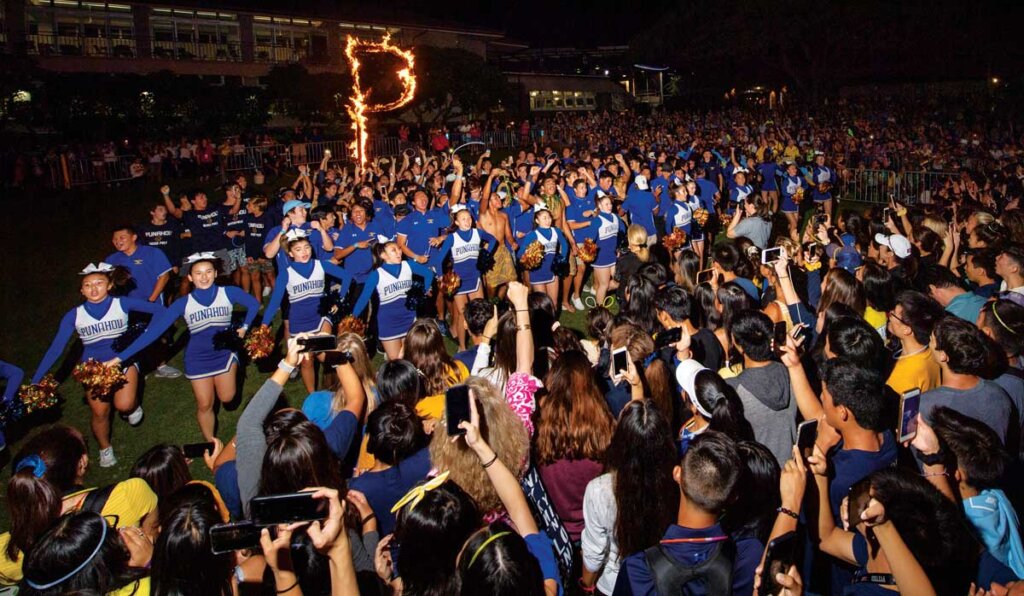
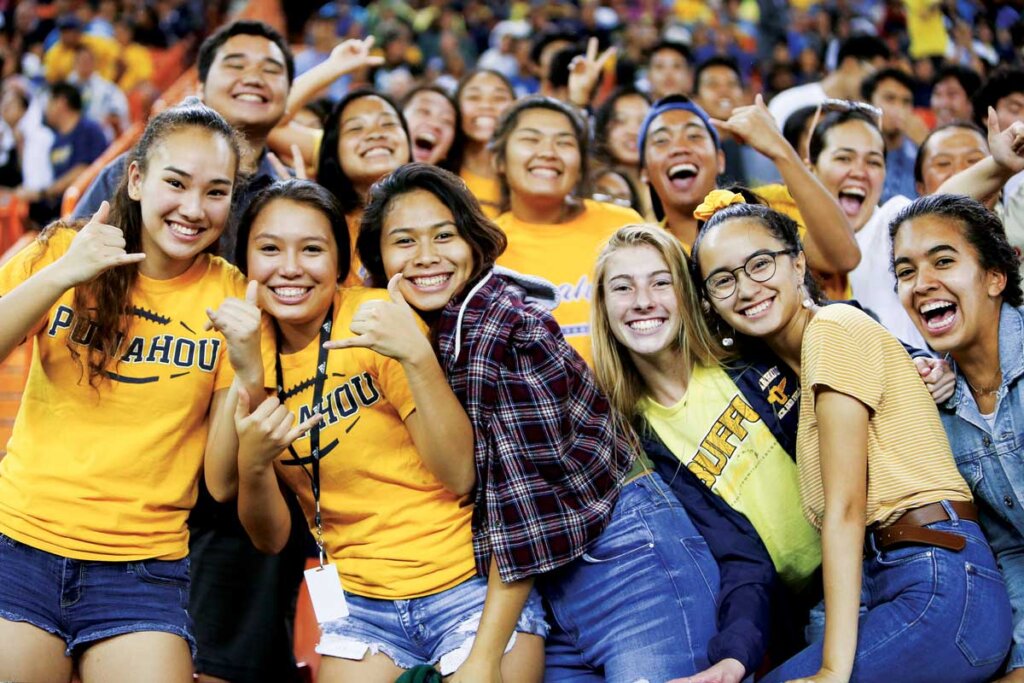
Equal opportunity has been another guiding force for Punahou Athletics throughout the decades. One important aspect of the School’s current mission statement is the practice of inclusivity and belonging: A Mat that Seats Many. Roughly two-thirds of the Punahou student body in grades 7 – 12 voluntarily participate in interscholastic sports. These 1,600 students are spread across 145 teams with 475 unique coaching positions.
Latham explains that to maximize participation opportunities, “We are using every square inch of our facilities and field space just about all the time that we can.” Investment in girls’ athletics continues to be a priority. Whenever possible, additional teams are established in an effort to include as many students who turn out as possible: for example, in girls volleyball you might have three intermediate teams, two JV teams, a Varsity II and a Varsity I team.
Seating everyone at the mat is reflected administratively as well. Two of Punahou’s three Athletic Directors are women, at a time when the National Interscholastic Athletics Administrators Association reports that based on a survey of responding members, fewer than one-fifth of the nation’s high school ADs are female. All three of Punahou’s Athletic Directors are people of color, and two are proud members of the LGBT+ community. Diversity, Equity, Inclusion and Belonging (DEIB) principles are practiced to ensure all administrators, coaches, and student-athletes can participate fully and fairly.
“The wins and losses will fade over time, but it’s the deep relationships and skills for life that are the true value of athletic competition.”— James Kakos, Associate Principal
Sports at Punahou have long been inextricably tied to the student experience. The Athletic Department continues to evolve in its goal to teach social, emotional, and ethical competencies to students and maximize potential both on and off the field of play. In doing so, it seeks to honor the legacy of past administrations. Associate Principal Kakos takes the long view: “The wins and losses will fade over time, but it’s the deep relationships and skills for life that are the true value of athletic competition.”
– By Ben Yuri Biersach ’87
The Last Classroom of the Day | P.E. | PSYCHED | Taking the Plunge | Punahou Athletics – Legacy and Lifelong Skills | 5 Transformative Moments in Punahou Athletics History | A Buoyant Force | Pivoting Forward | A New Frontier: The Intersection of Science and Safety in Sports | Punahou’s Olympic Legacy
5 Transformative Moments in Punahou Athletics History
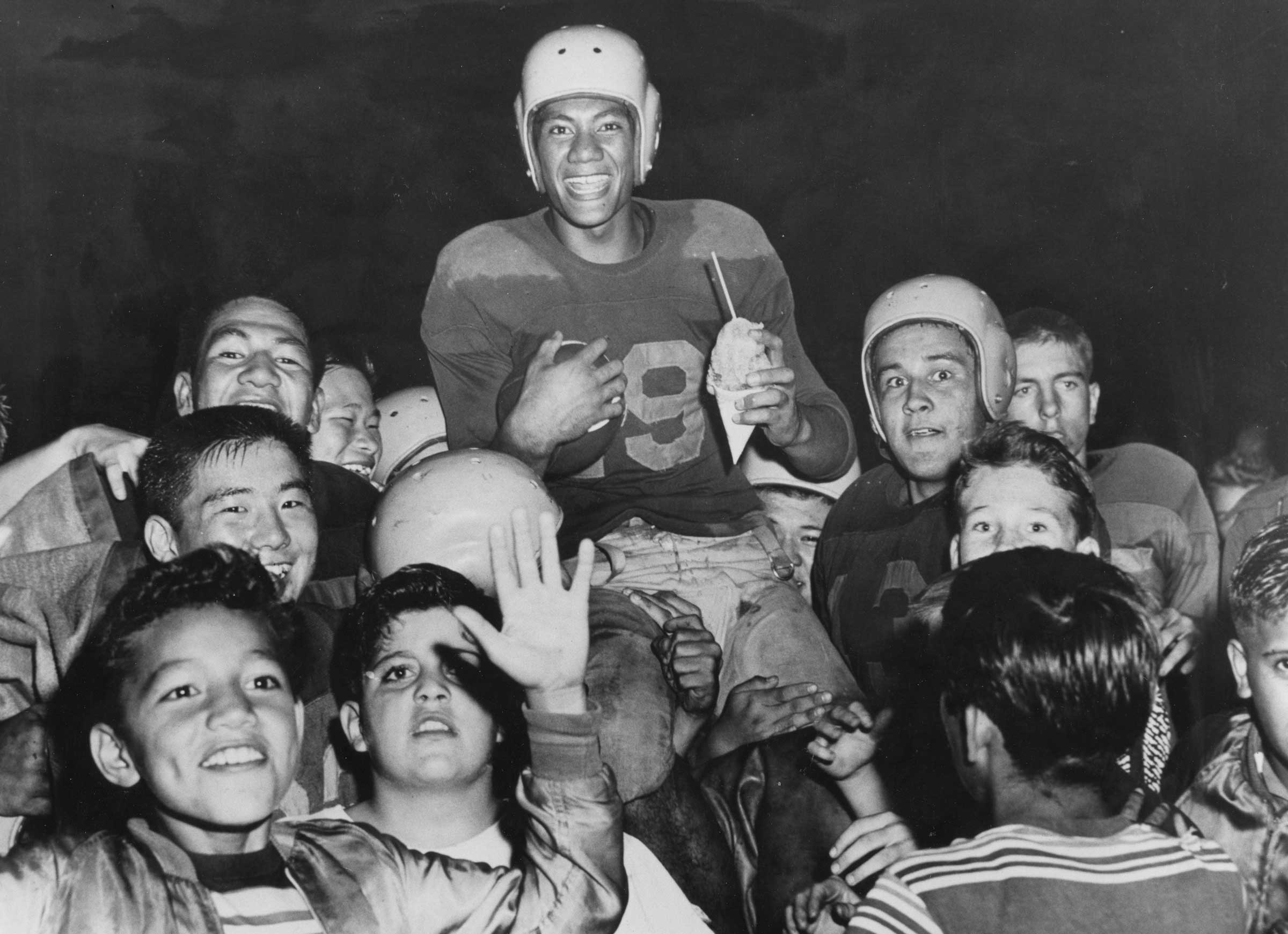

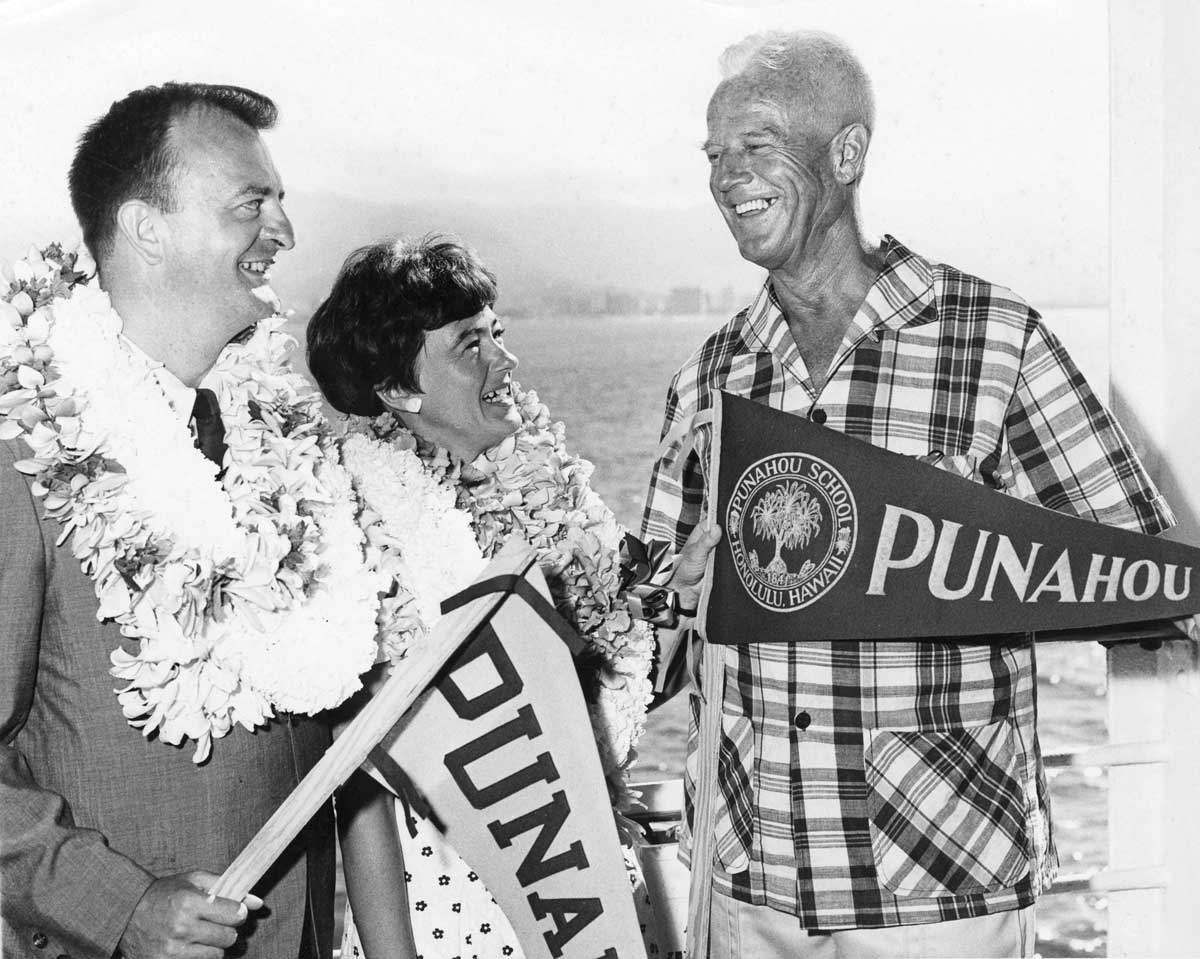
President Fox was instrumental in restoring normalcy post-World War II, following a lengthy occupation of campus by the U.S. Army Corps of Engineers. During his tenure, which began in 1944, student enrollment tripled to 3,700, resulting in economies of scale and a more diverse student body. It also marked a turning point for Punahou Athletics, as he began recruiting nationally to find faculty with sports backgrounds – and required them to coach to elevate athletic performance. President McPhee, who took the helm in 1968, was also a supporter of sports at the School. He oversaw robust athletic facility capital improvements, which were fundamental in modernizing training and conditioning of student-athletes.

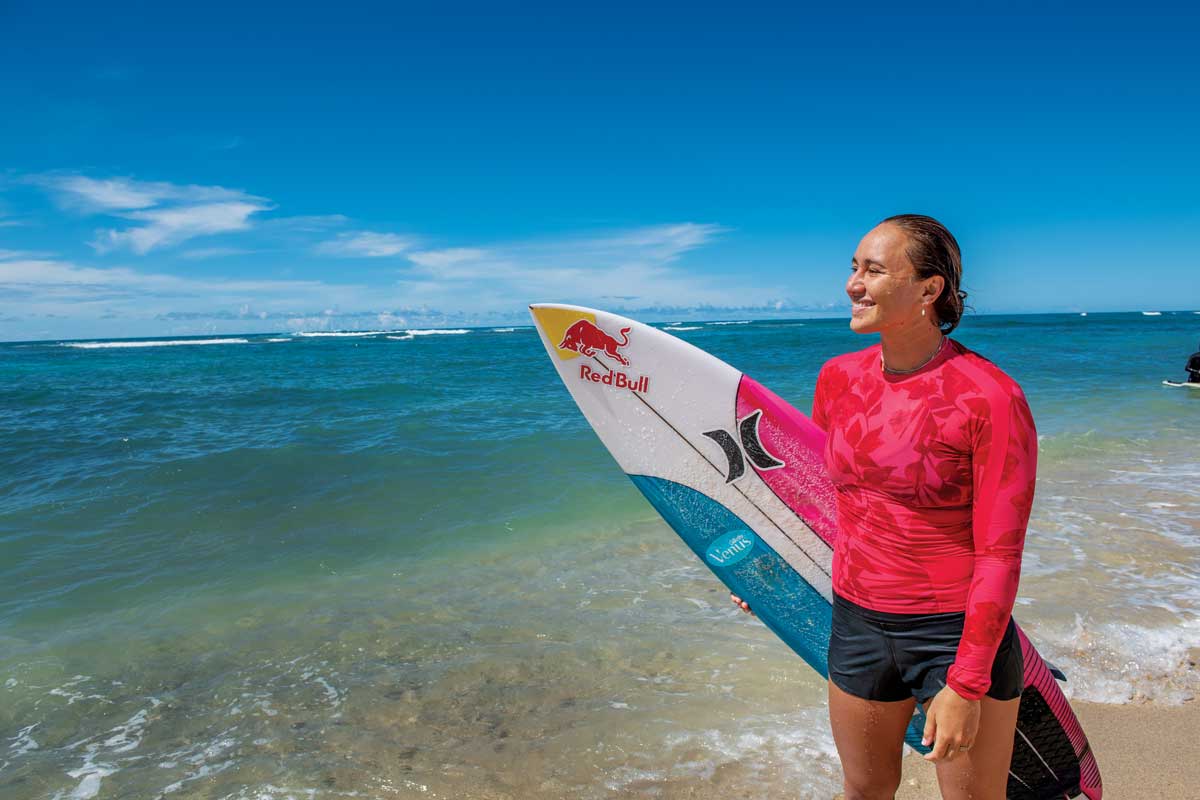
Patsy Mink became a U.S. Congresswoman who in 1972 co-authored and supported legislation prohibiting gender discrimination by federally funded institutions of higher learning. In the wake of this law’s passage several girls sports in Hawai‘i including softball, basketball, and soccer were granted Hawai‘i High School Athletics Association state tournament status, providing momentum for Punahou girls athletics programs to grow.
Mink’s pivotal legislative contributions changed the face of athletics in schools across the nation, making it possible for female sports programs to take root – and thrive. Ultimately, Title IX paved the path for future generations to find success in the world of athletics, including Carissa Moore ’10, who became the first woman to win Olympic surfing gold in the sport’s debut in 2021.


In May of 2008, Sports Illustrated named Punahou the top high school athletic program in the country, bringing the Buff ’n Blue to national prominence. The first week of November, Barack Obama ’79 won the presidency; says MaxPreps writer Kevin Askeland: “That was a big deal for Punahou. It helped its sports program, because he played basketball there.” One month later the Sons of Oahu would claim the School’s first state title in football, an achievement that had eluded them for 35 years.
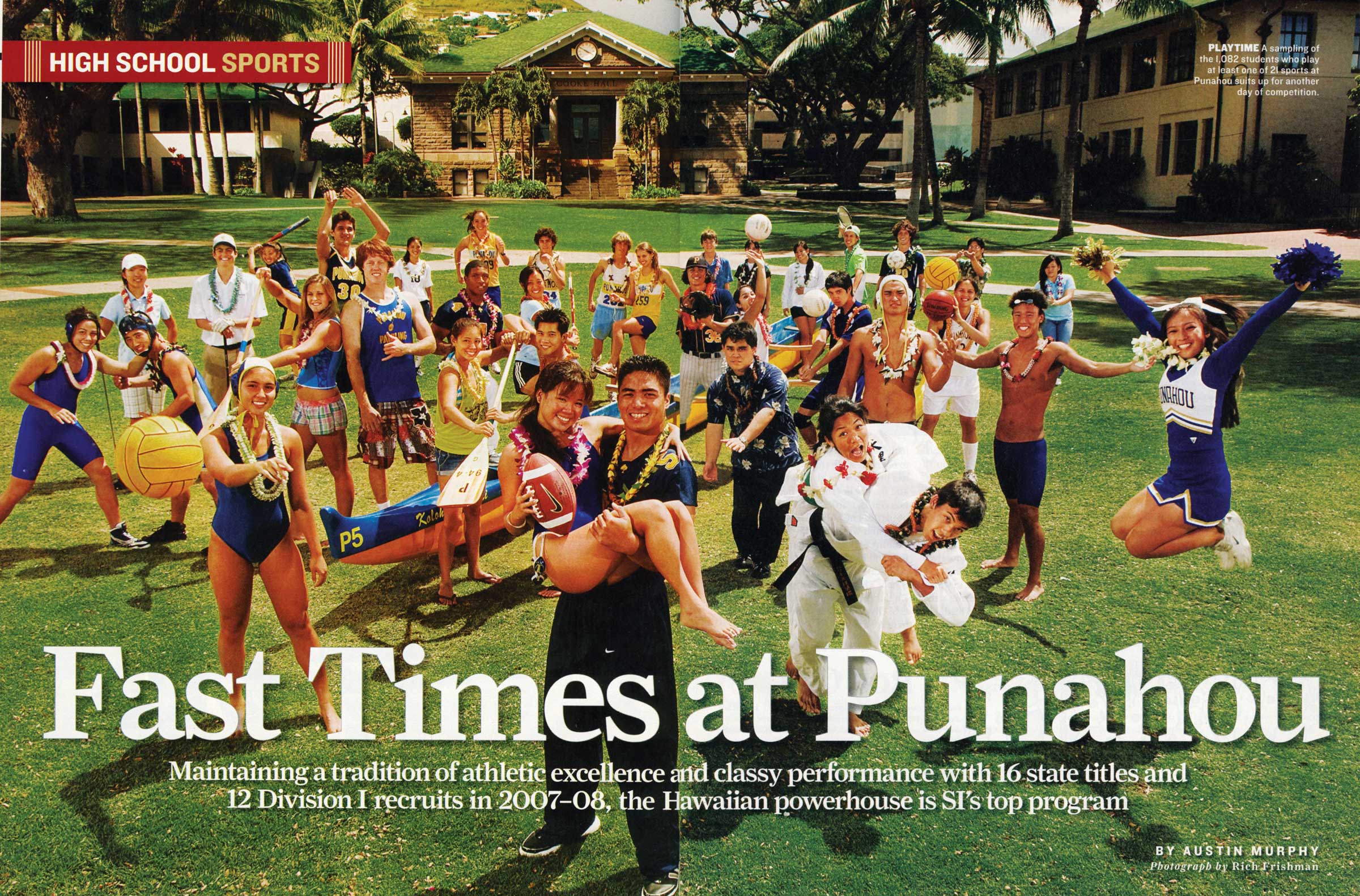

Punahou attracted athletic excellence when the USA Swimming National Team trained in the Elizabeth P. Waterhouse Memorial Pool en route to the Olympic Games in Tokyo, Japan. This gathering of American sporting might at Punahou reflected back to a century earlier, when between the World Wars the School was represented across four Olympics by an accomplished trio of swimmers: Mariechen Wehselau (1924), Warren Kealoha (1925) and Buster Crabbe (1927). Collectively, they won four gold medals, a silver, and a bronze.

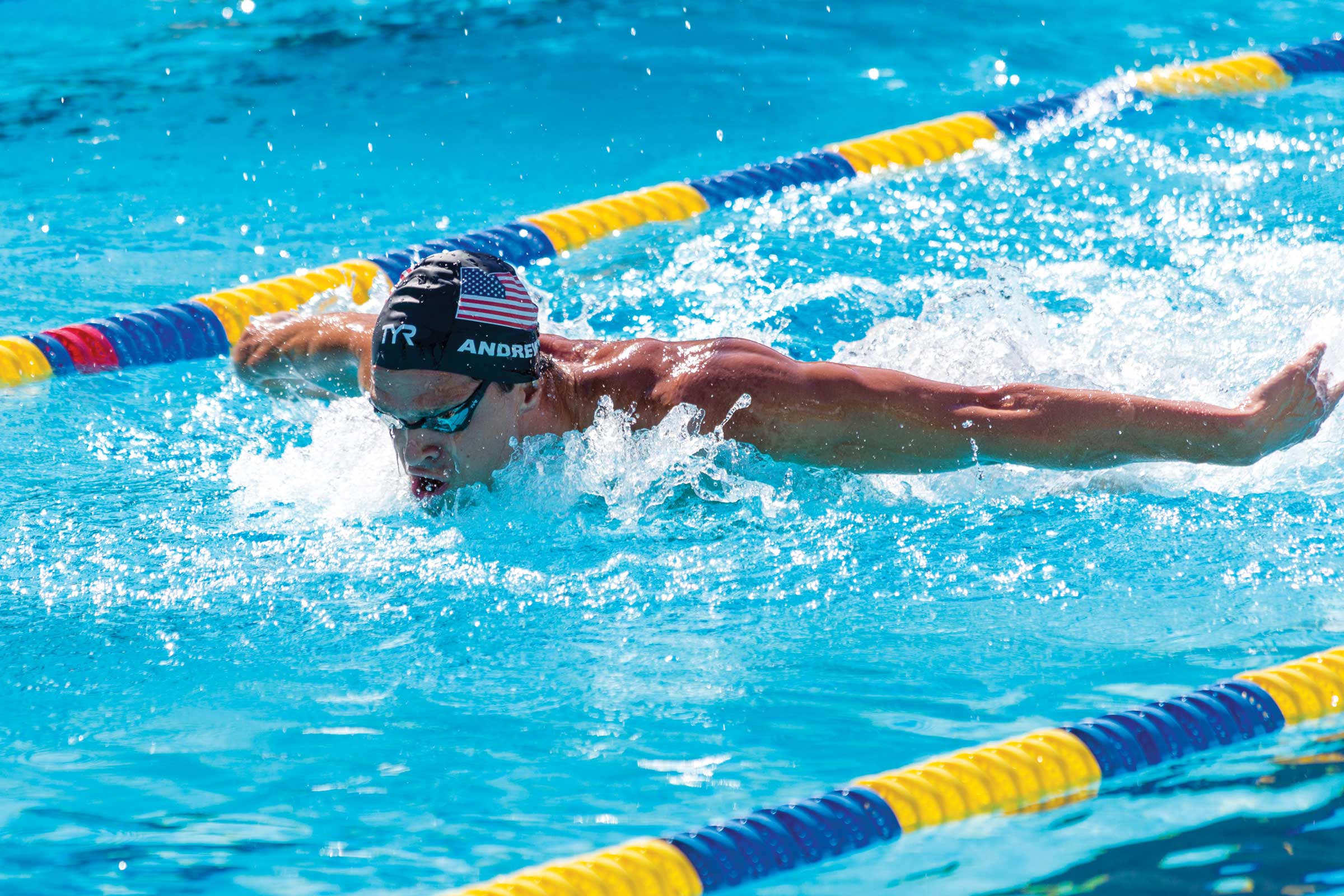

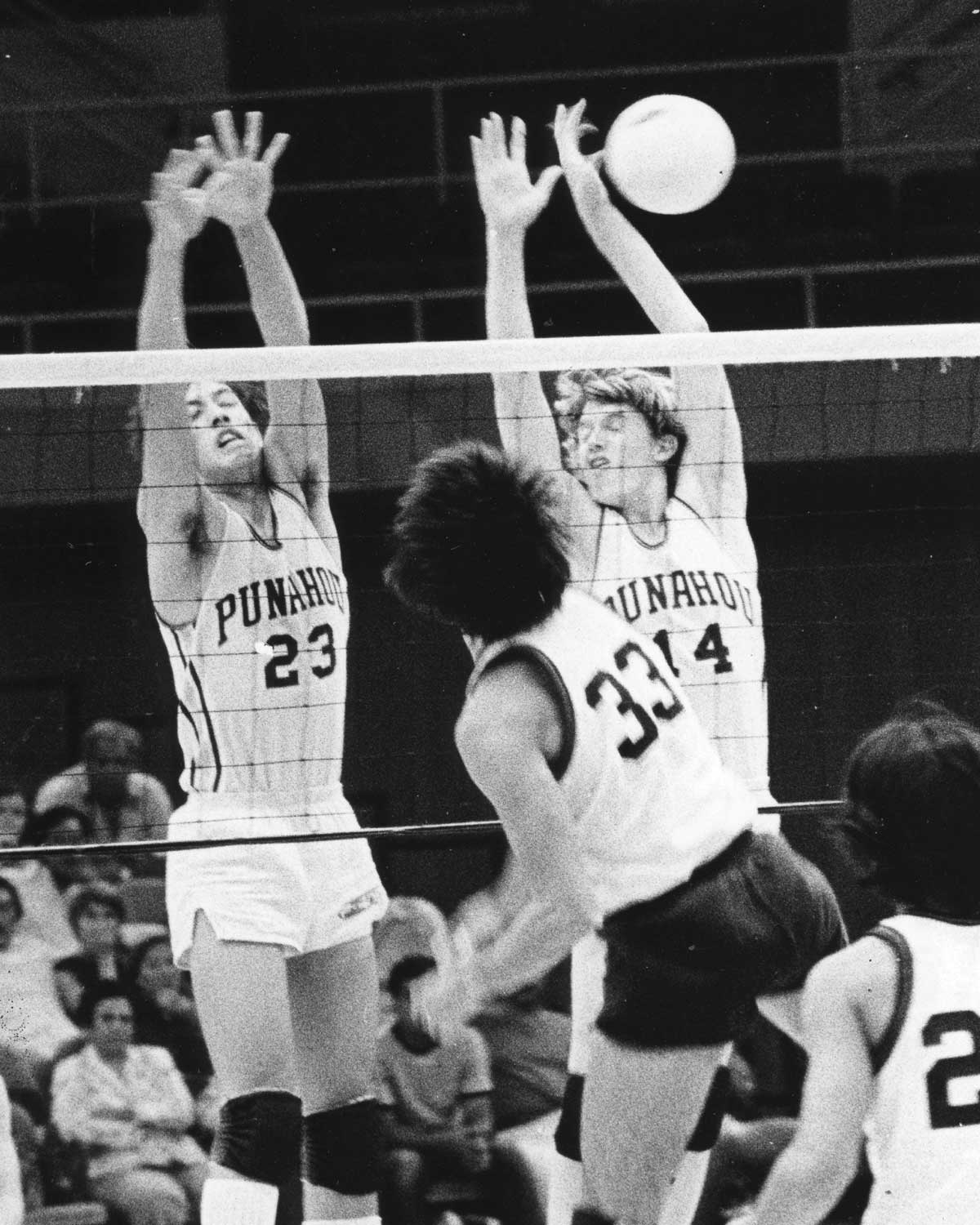

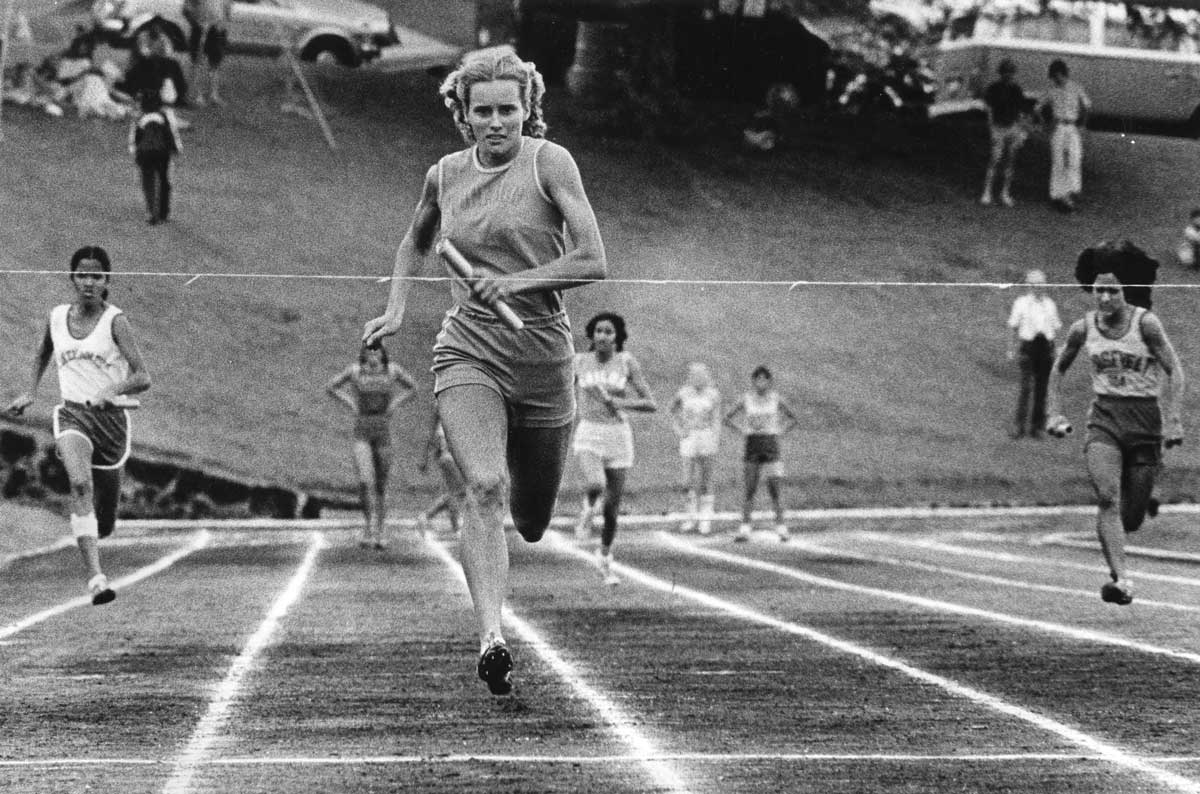

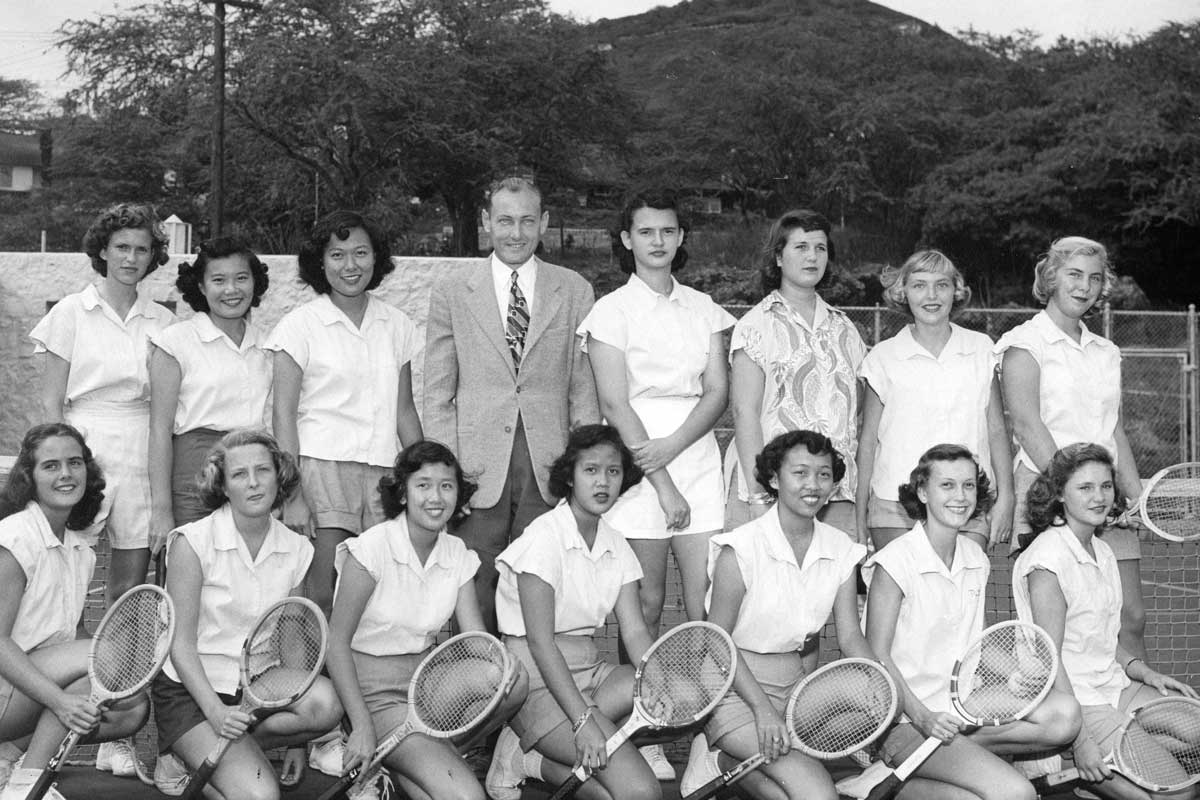
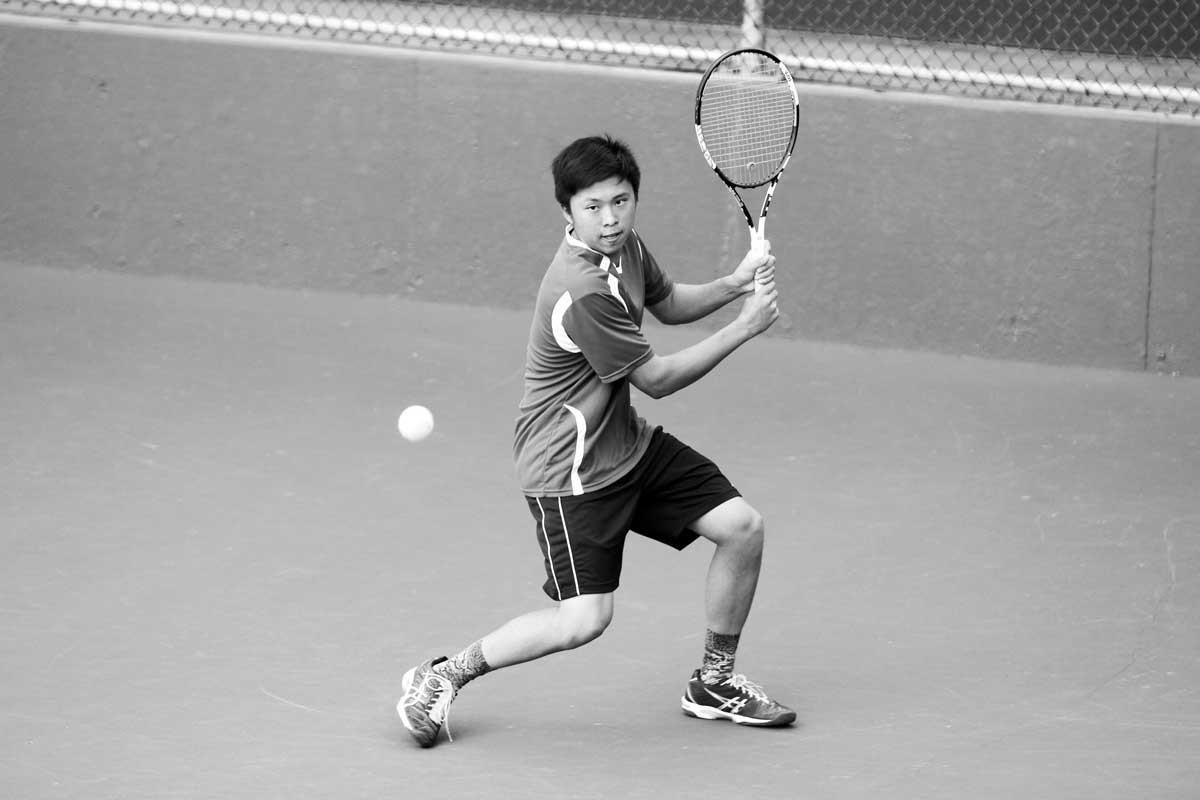

The Last Classroom of the Day | P.E. | PSYCHED | Taking the Plunge | Punahou Athletics – Legacy and Lifelong Skills | 5 Transformative Moments in Punahou Athletics History | A Buoyant Force | Pivoting Forward | A New Frontier: The Intersection of Science and Safety in Sports | Punahou’s Olympic Legacy
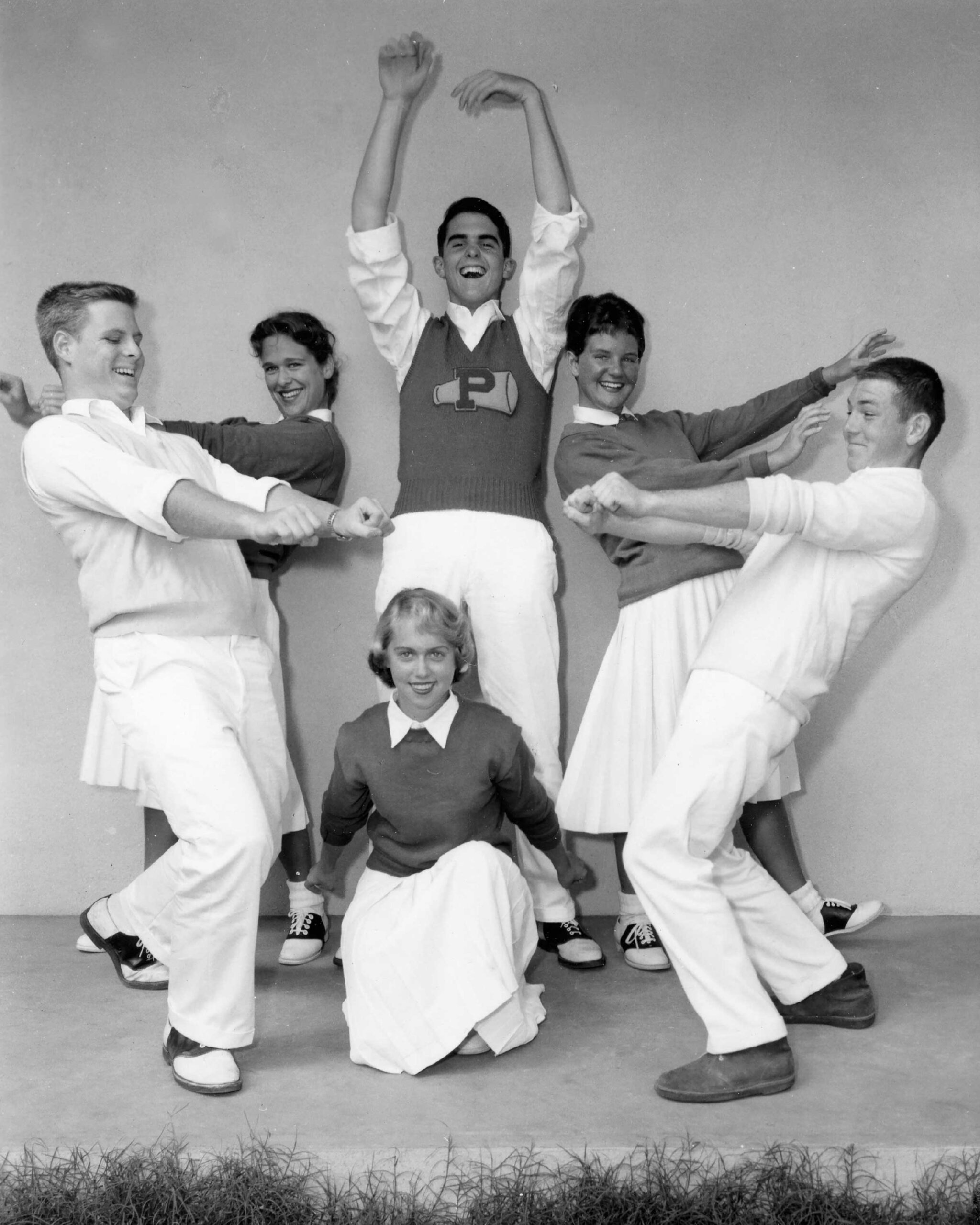
A Buoyant Force
Over the decades, Punahou has found ways to energize sports spectators. Dating back to 1916, song leaders taught and led the crowd in collective singing. For their part, cheerleaders concentrated on cheers or “yells,” like the popular “Strawberry Shortcake.” Both squads enlivened the crowd with choreographed dance routines to music played by the school band.
The Last Classroom of the Day | P.E. | PSYCHED | Taking the Plunge | Punahou Athletics – Legacy and Lifelong Skills | 5 Transformative Moments in Punahou Athletics History | A Buoyant Force | Pivoting Forward | A New Frontier: The Intersection of Science and Safety in Sports | Punahou’s Olympic Legacy
Pivoting forward
Female athletics has a long tradition at Punahou. This photo was taken in 1908 outside of Pauahi Hall, seen on the left side of the image. It features the Oahu College girls basketball team and their coach, with the players wearing their uniforms; the letters “O” and “C” sewn into their sleeves. The people pictured are (from left to right) Phoebe Clara Kamaka Heen, Class of 1908; Gladys Campbell Rycroft, Class of 1910; Mary Vera Damon, Class of 1908; Gwendoline Jakins, Class of 1909; Ruth Richards, Class of 1911; Doris Girder, Class of 1908 and their coach Grace Ethel Moore who worked at the School from 1907 – 1908.
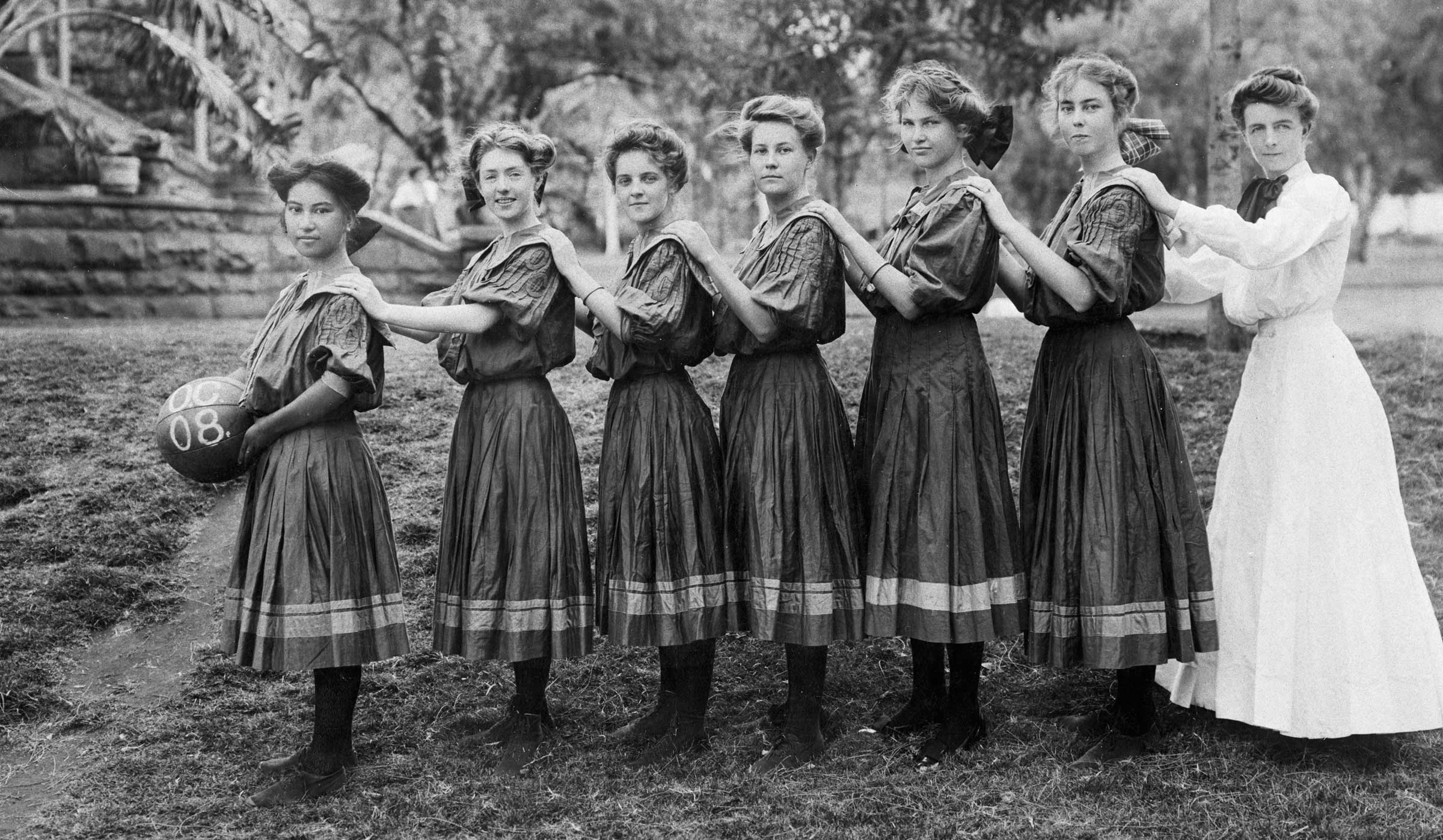
The Last Classroom of the Day | P.E. | PSYCHED | Taking the Plunge | Punahou Athletics – Legacy and Lifelong Skills | 5 Transformative Moments in Punahou Athletics History | A Buoyant Force | Pivoting Forward | A New Frontier: The Intersection of Science and Safety in Sports | Punahou’s Olympic Legacy
A New Frontier: The Intersection of Science and Safety in Sports


Cali-Jo Shigemasa ’24 wears medical-grade sensors from the biotech company dorsaVi, as Punahou Head Athletic Trainer Darryl Funai records her movements. The exercise routine includes squats, jumps, planks and mobility of the lower extremities. Based on how she moves, the sensors identify areas of vulnerability to mitigate risk of injury. Hundreds of Punahou student-athletes are evaluated each year as part of the School’s cutting-edge preventive injury program.
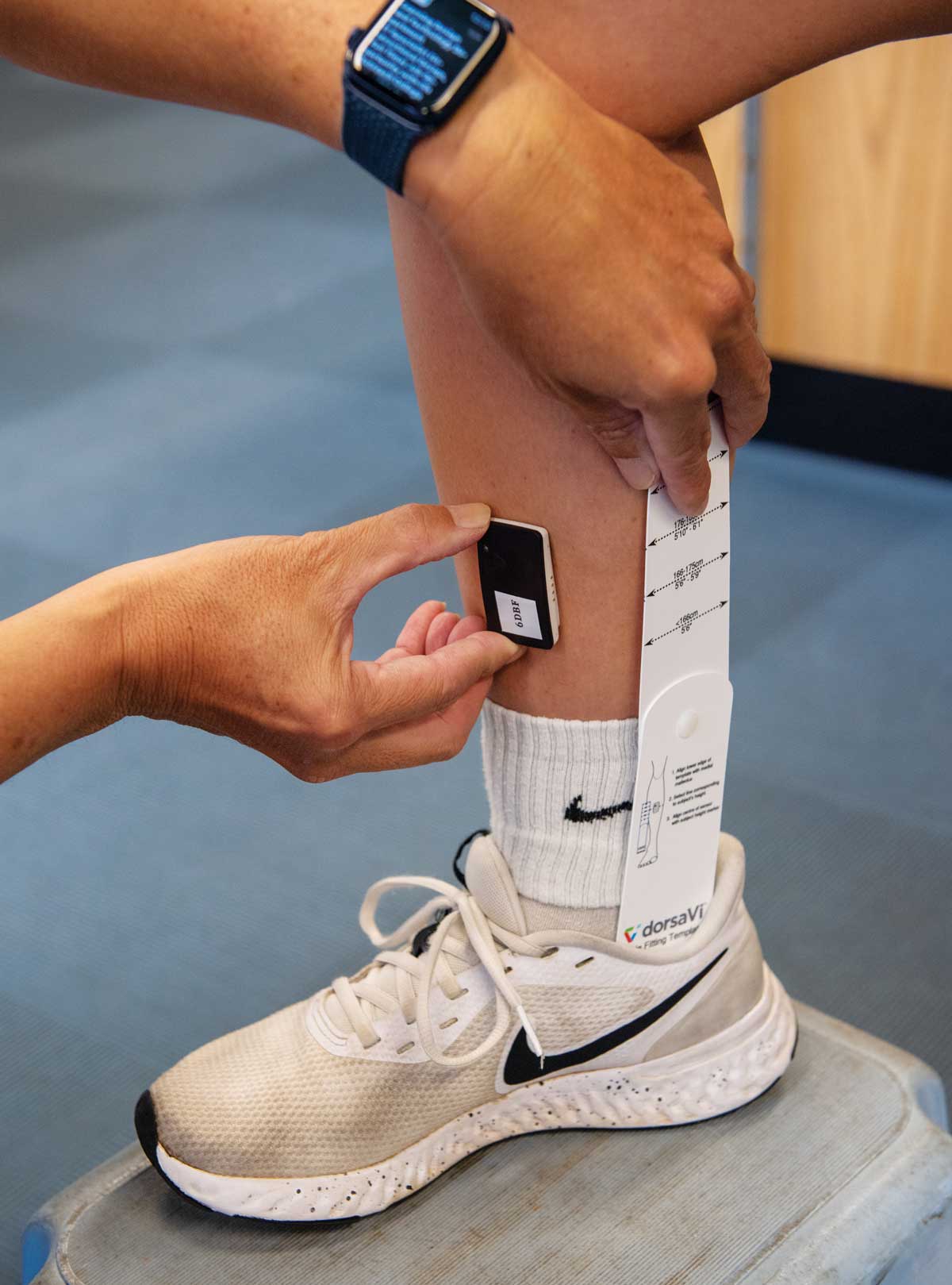
Cali-Jo Shigemasa ’24 tests her limits every time she takes the court as a defensive specialist for the Punahou Varsity Girls volleyball team. From the moment an opponent’s serve darts towards her, she must pass the ball with reaction times measured in fractions of a second. The cardinal rule for a successful defensive specialist is to remain low to the ground at all times – often in a deep-squat pose that requires complex interactions of hip, knee and ankle range-of-motion. By repeating this pose dozens of times every day in practice and competition, even slight imperfections in movement quality could negatively impact her play and increase her chances for injury.
Fortunately, the cutting-edge field of sports science offers effective data-driven methods to address these concerns. By measuring and analyzing a student-athlete’s movement function, a customized training plan can be designed to optimize performance and mitigate injury risk. While serious injuries are not a systemic problem in Punahou Athletics, the School has made significant strides in integrating these best-practice preventive measures. “Having our athletes really learn how to move properly and creating a facility that would allow for that has been an important goal for us,” says Athletic Director Michelle Arnold.

“Having our athletes really learn how to move properly and creating a facility that would allow for that has been an important goal for us.”— Michelle Arnold, Athletic Director
Punahou first set its sights on a sports science program in 2017, when the School’s weight room was being reimagined as today’s Athletic Performance and Fitness Center (APFC). “We brought in quite a few guest speakers as part of our professional development for coaches, and two were sports scientists – one from Stanford University and the other from the University of Texas,” Arnold says. “That’s when we really got a taste of what sports science was, and at the time the field was relatively new to the strength and conditioning world.”
In 2021, the School unveiled the Optimal Performance Screen (OPS) program as part of a pre-season evaluation of student-athletes on selected teams. Supervised by Associate Athletic Trainer Michelle Harrington ’97 and Head Athletic Performance Coach Aaron Mendoza, Punahou student-athletes across several sports were put through a modified version of the Functional Movement Screen, an observational tool to assess movement quality and identify vulnerable areas in need of improvement.
Data collected during the screenings was processed by a program created by the School’s IT Department, which the sports medicine staff then analyzed, leading to exercise correctives that could be integrated into the teams’ lifting regimens.
The first year’s results were promising. The varsity football and boys and girls varsity and JV wrestling teams saw injuries reduced by almost half; the varsity baseball team had a 25% decrease. “The results were very exciting for us,” says Punahou Head Athletic Trainer Darryl Funai. “It motivated us to say maybe there’s something here, let’s keep evolving and making it better. Let’s see if we can keep iterating it to help our student-athletes.”
In the 2022 – 2023 school year, sports science at Punahou saw the introduction of new technology to elevate the volume and quality of data collected. Volleyball player Shigemasa and her teammates were first tested in August 2022 using medical-grade wearable sensors from the biotech company dorsaVi.
– By Ben Yuri Biersach ’87
“They put four sensors on our bodies. There were two on our backs, one lower and one upper. Then we had two on our legs and on our lower calves right above our ankles.” Each athlete performed different movements, including squats and jumps, and had the mobility of their lower extremities tested.
A short time later Shigemasa received an email from the Punahou athletic training staff containing the results. “I scored a 67, which is considered low and at a moderate risk of injury. I was more prone to getting injuries in my ankles and maybe my knees. It was a really big wake-up call for me.”
The email also included a customized workout designed to address areas in need of strengthening. Mendoza and the other performance coaches at the APFC had access to her training plan and were able to help guide her and her teammates’ workout regimens throughout the 2022 volleyball season.
The benefits of sports science have been documented extensively at the collegiate and professional levels – but getting athletes to adopt preventive measures in high school presents a major educational opportunity, according to Dr. Jason Siegler, associate professor and director of Human Performance in the College of Health Solutions at Arizona State University, who specializes in team sports and injury prehabilitation and prevention. “Say the students come in as ninth graders – for a lot of them it’s the first time they’ve been in a weight room,” he says. “If you really hone in on things like how to move properly, how to perform lifts properly under supervision … it’s a huge opportunity for sports science to come in and really create a structure.”
In April 2023 – eight months after her initial movement test – Shigemasa took it again. Following nearly an entire school year of training informed by sports science and the tutelage of Punahou’s athletic trainers and performance coaches, her score had risen significantly, from 67 to 78. After getting the new results, she realized “I had a lower risk for injury, which made me feel very relieved … it definitely was a good thing we did it and that it worked.” She also reaped benefits on the court. “I definitely felt much stronger, capable of moving more, and being able to move faster.”
Shigemasa is just one of many student-athlete success stories brought about by Punahou’s commitment to sports science. Moving forward, the Athletic Department plans to introduce new technology and resources to further evolve its program. Head Athletic Trainer Funai emphasizes, “One of our philosophies here is ‘Health Drives Performance.’ The healthier a student is, the better they will perform. That drives us to help the students optimize their movements to stay healthy so they can perform their best when it matters the most.”

The Last Classroom of the Day | P.E. | PSYCHED | Taking the Plunge | Punahou Athletics – Legacy and Lifelong Skills | 5 Transformative Moments in Punahou Athletics History | A Buoyant Force | Pivoting Forward | A New Frontier: The Intersection of Science and Safety in Sports | Punahou’s Olympic Legacy
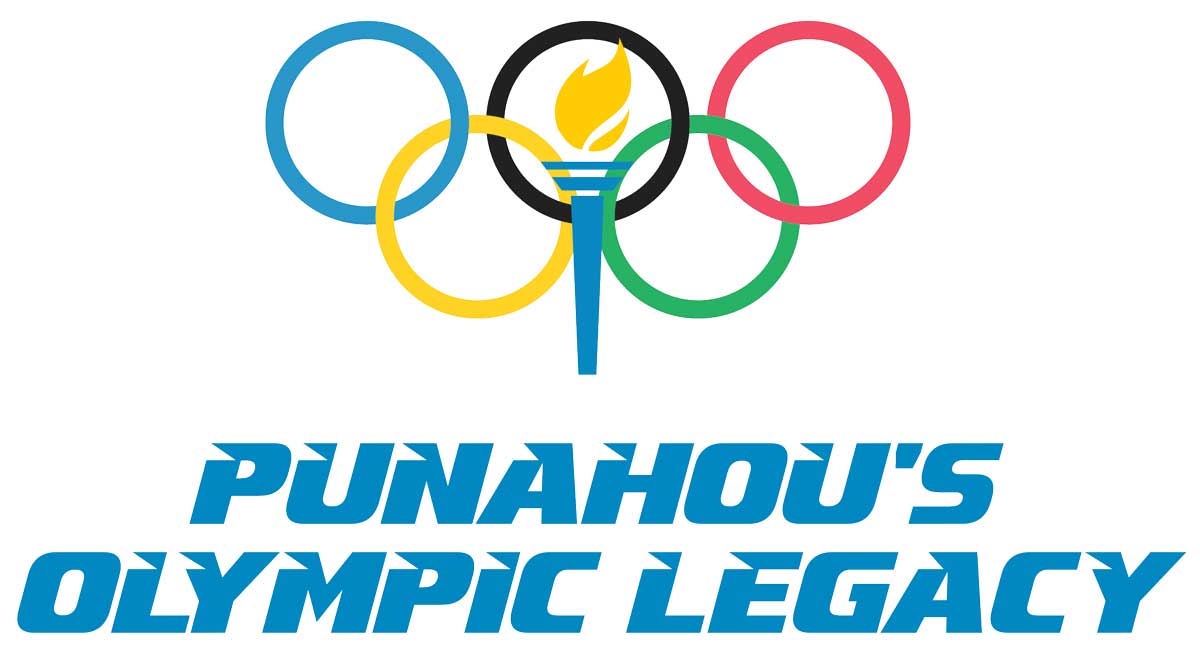
During the prime-time coverage of the Tokyo Olympics 2020, NBC Sports set out to answer a burning question: How does a high school in the middle of the Pacific Ocean have more than 30 alumni who have competed in the Olympics? “To find jazz musicians, you go to New Orleans, (for) linebackers, Penn State. But, if it is Olympians you are looking for, head to Punahou School,” the short documentary declared.
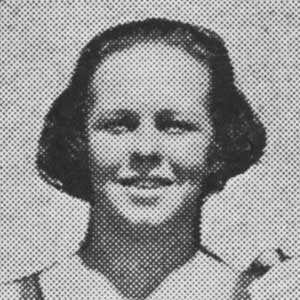
1924 gold and silver medalist (swimming)
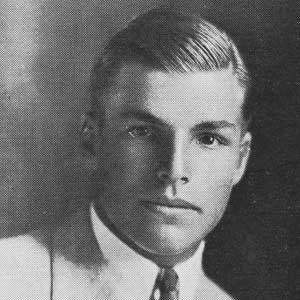
1928 bronze medalist
1932 gold medalist (swimming)

1952, four-time world record holder
International Swimming
Hall of Fame (swimming)
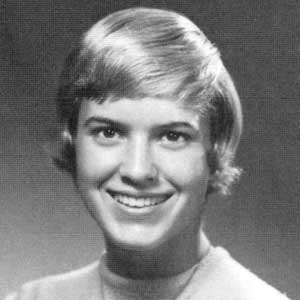
1968 (volleyball)
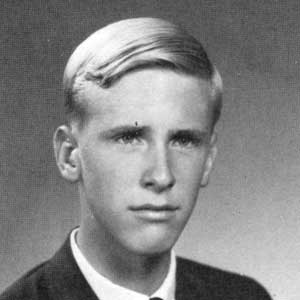
1976 silver medalist (sailing)
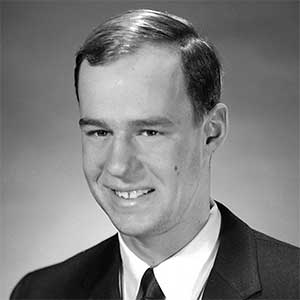
1968 (swimming)

1968 (Volleyball)
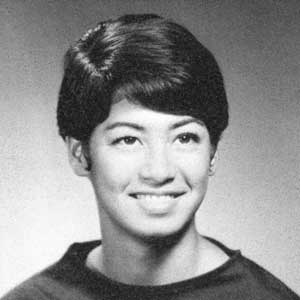
1968 bronze medalist (Diving)
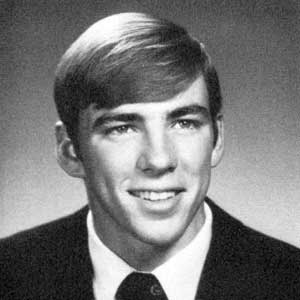
1976, 1980 team
1984, 1988 (track)
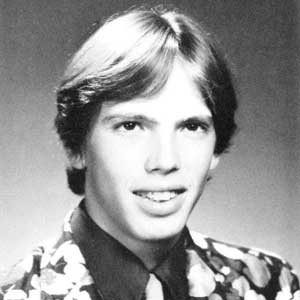
1976, represented Canada (track)
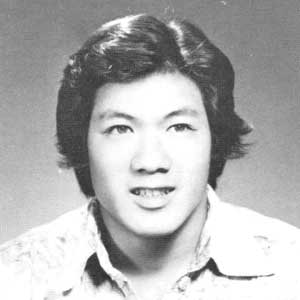
1976 (swimming)

1988 silver medalist, 1992
1996, 2000 (water polo)

2000 (beach volleyball)

2004 (beach volleyball)
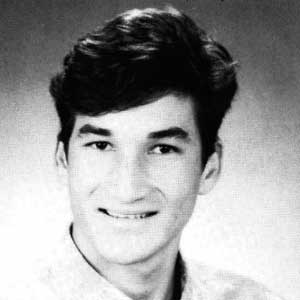
1996, 2000 (volleyball)
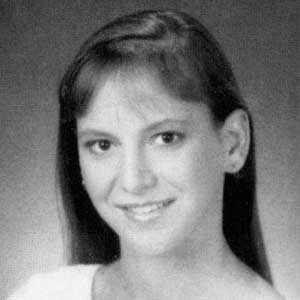
2000, 2004 (kayaking)

2004 (kayaking)
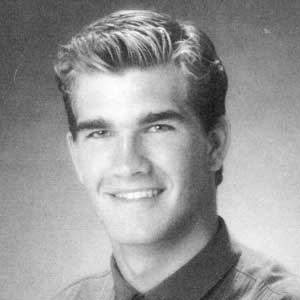
2000 (Water Polo)

2004, 2008 silver medalist
2012 silver medalist
(Volleyball)

2012, represented
Federated States of Micronesia
(Greco-Roman wrestling)
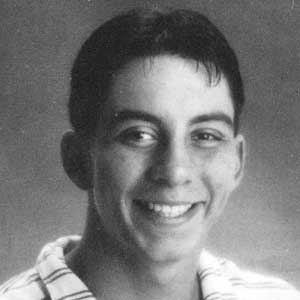
2004, 2008 silver medalist
(Water Polo)
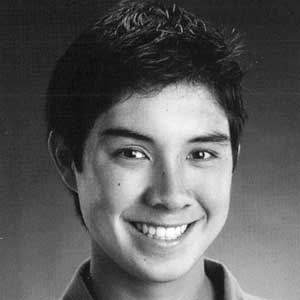
2016 bronze medalist
2020 (Volleyball)
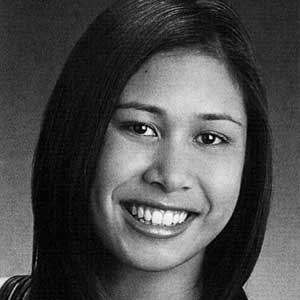
2008, represented
Philippines (Swimming)
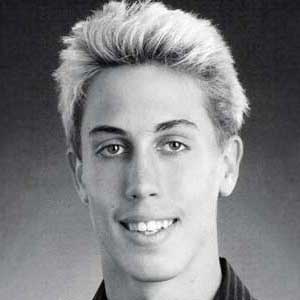
2020 (Beach Volleyball)
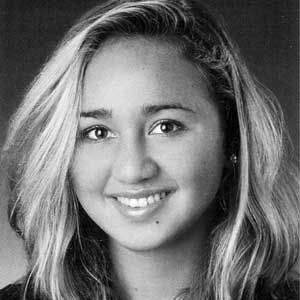
2020 gold medalist
(Surfing)
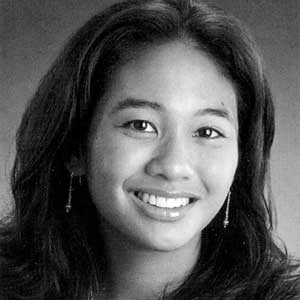
2016, 2020 Paralympics
(WheelChair Tennis)
NOT PICTURED: Warren Kealoha (1925) 1920 gold medalist; 1924 gold medalist (swimming); Sandy Pflueger ’72 Phillips 1984 (dressage); Michael Jon Rothwell ’72 1976 silver medalist (sailing); Heimana Reynolds ’16 2020 (skateboarding)
Click below to view the NBC Sport coverage of Puns at the Olympics
